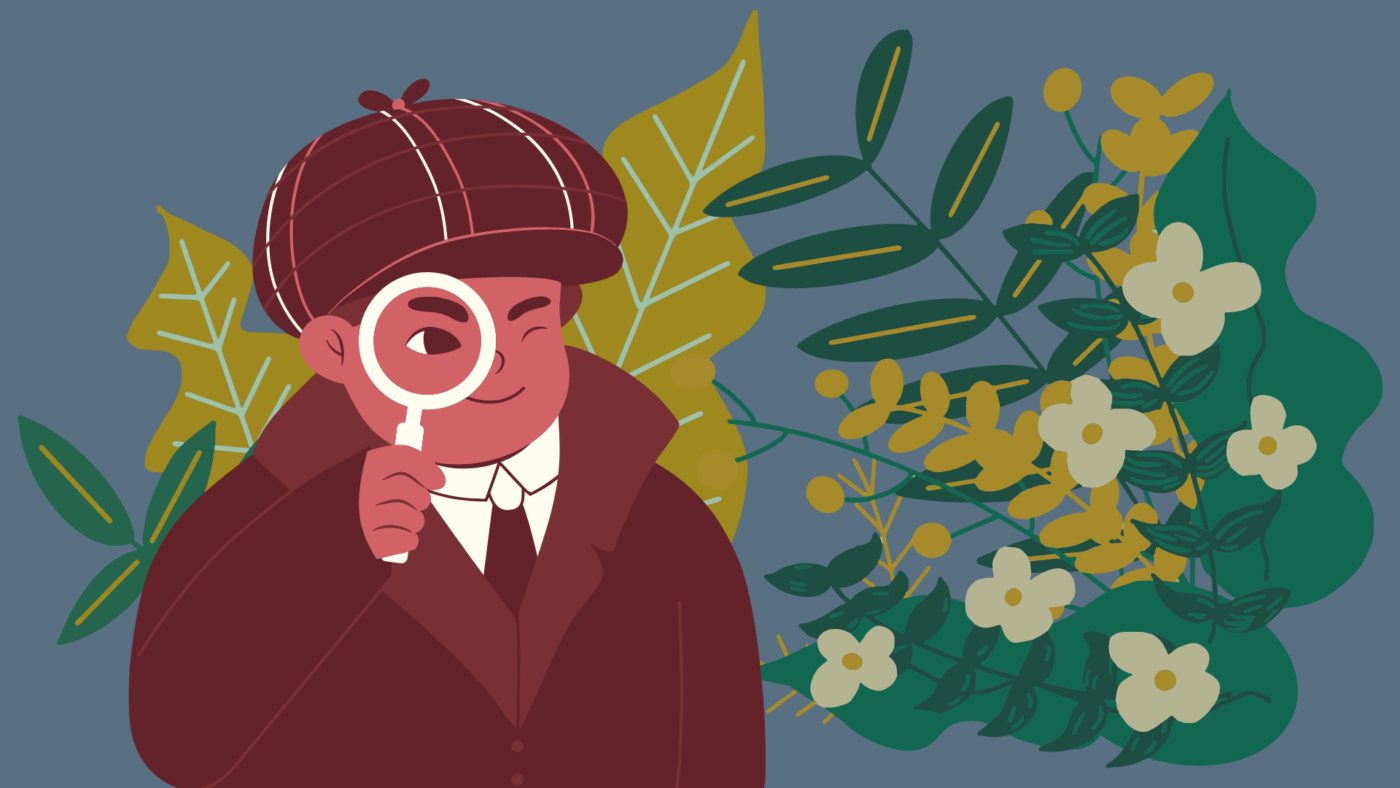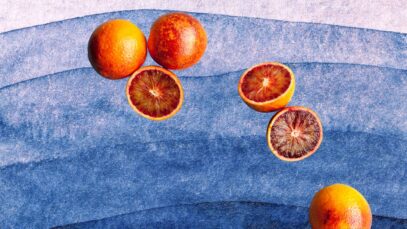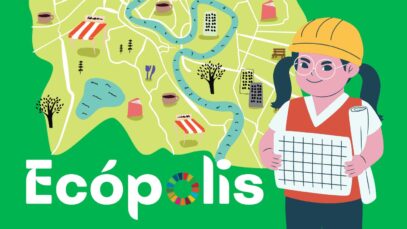
Find out which plant it is
Certainly you see many plants that may or may not have flowers every day. You see them on your way to school, in the park where you play with your friends, even in the garden or balcony of your own home! But … Do you know their names?
In this activity of Science in your living room, we bring you a challenge from Esther Berrendero Gómez, researcher of the CIAGRO-UMH (Centro de Investigación e Innovación Agroalimentaria y Agroambiental) and Botany professor from the Miguel Hernández University.
Prof. Berrendero suggested several images of trees that can be easily found on the Elche Campus of the University and in many parks in the area.
Are you able to identify the species of each image?

Are you right? Find out here.

Are you right? Find out here.

Are you right? Find out here.
Why is it important to avoid the loss of diversity?
Knowing the flora of our environment is essential to be able to take care of it and protect it properly. Currently 42 plant species are in danger of extinction in the Generalitat Valenciana. Such is the case of ‘silene de Ifac’ (Silene hifacensis). In addition, other 83 species have been classified as vulnerable, these include the ‘river honeysuckle’ (Lonicera biflora) or the ‘wild lupine’ (Lupinus angustifoliu), which is an endemic Valencian species.
The main threats that plant species face are due to human activity, such as the uncontrolled use of natural resources or the loss, degradation and fragmentation of habitats like deforestation. They can also be due to environmental pollution or the introduction of invasive species, which thrive and displace local species (also called autochthonous species) because they don’t have other competition or predators. Finally, we must not forget about the effects of climate change, which in the coming decades will probably become the main reason for the loss of biological diversity and the disappearance of plant species.
Plants play an important role in maintaining soil, water, and air quality. During the day, and thanks to the sunlight, they use atmospheric CO2 and transform it into carbohydrates necessary for their growth through photosynthesis. In return, they release oxygen into the atmosphere, an essential element not only for our own survival but also for other living beings.
Imagine the plants disappeared. If this happened, many changes would occur in our environment. For example, the amount of atmospheric CO2 (considered a greenhouse-effect gas) would increase, contributing to rising temperatures. In addition, the soil would erode, losing its fertility and turning into arid areas, as it does not have the vegetal cover that protects it from inclement weather or prevents the loss of humidity.
Furthermore, the loss of plant species can alter the delicate balance maintained by living beings in nature. The greater the diversity of the species in an ecosystem, the more resilient it will be in the face of any adversity, such as pests, since, if some species disappears or its population decreases, there will be others that can occupy its ecological niche. On the contrary, if the system that naturally protects us is altered and natural barriers disappear, the right conditions will be created to facilitate the spread of pathogens and the transfer of pathogens between animals and people and, therefore, there will be an increased risk of pandemics.
For this reason, a new model based on the efficient use of natural resources is necessary, with the development of actions to protect biodiversity. It will also be good for each of us to reflect on the degree to which we are involved with our environment and ask ourselves what we can do to contribute to the conservation of biodiversity.
Did you know that from your mobile phone you could identify almost all the species that surround you?
Have you come this far and still haven’t been able to identify the species in the pictures? Do not worry! There are several specialized applications in Spanish that you can download for free. For example, the one developed by the Environmental Office of the UMH, an interactive tool that helps us identify the plants on the Elche campus and allows both students and teachers to include geolocated files of found species.
Another interesting proposal is ArbolApp, an app created by the Real Jardín Botánico of CSIC that works even without an Internet connection. It proposes a search method guided by questions to locate the type of tree you want to identify.
There are also applications that work by uploading photographs or simply by directly scanning the plant. This is the case of Pl@antNet, developed by a consortium of scientists from CIRAD, INRA, INRIA, IRD, and the net Tela Botanica, and Flora Incognita, created by scientists from the Polytechnic University of Ilmenau and the Max-Planck Institute for Biogeochemistry in Jena (Germany), both focused on wild plants. Finally, it is interesting to highlight PictureThis, which in addition to using artificial intelligence to recognize species at the moment, offers suggestions and advice for their care.
If you are into gardening, you cannot miss this guide to setting up your own organic garden at home. We will tell you how to do it step by step!
Or if you prefer, know what are the autumn fruits and vegetables in this post.
Did you like these activities? You have many more available, for young and old, in the special ‘Science in your living room’





